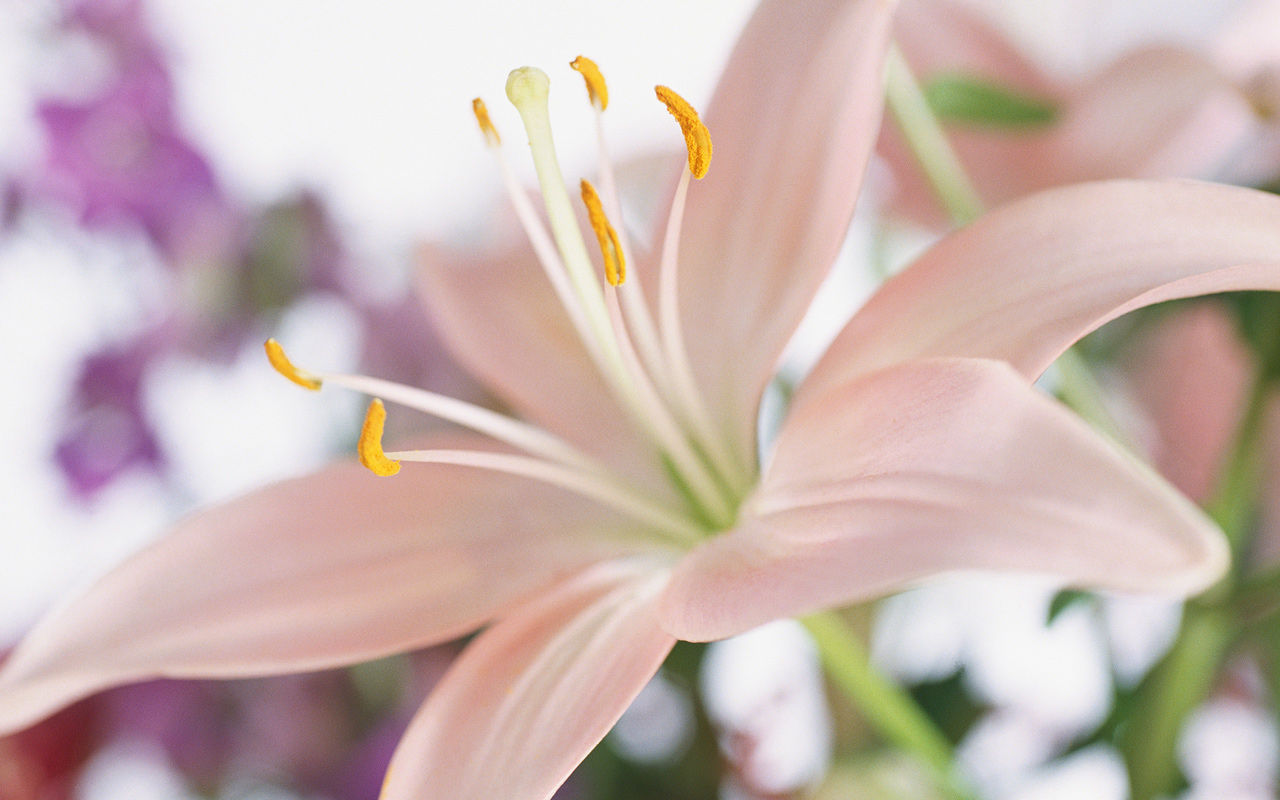top of page

HomeMade Soap & Body Products
natural skin care
by Busybeefairies
Making Cold process Homemade Soap
Even in the cold soapmaking process, some heat is usually required; the temperature is usually raised to a point sufficient to ensure complete melting of the fat being used. The batch may also be kept warm for some time after mixing to ensure the alkali (hydroxide) is completely used up. This homemade soap is safe to use after about 12–48 hours, but is not at its peak quality for use for several weeks.
Cold-process homemade soap requires exact measurements of lye and fat amounts and computing their ratio, using saponification charts to ensure the finished product does not contain any excess hydroxide or too much free unreacted fat. Saponification charts should also be used in hot processes, but are not necessary for the "fully boiled hot-process" soaping.
Historically, lye used in the cold process was made from scratch using rain water and ashes. Soapmakers deemed the lye solution ready for use when an egg would float in it. [26][unreliable source?] Homemade lye making for this process was unpredictable and therefore eventually led to the discovery of the Sodium Hydroxide by English chemist Sir Humphry Davy in the early 1800s.
A cold-process homemade soapmaker first looks up the saponification value for each unique fat on an Oil Specification Sheet for each fat. Oil Specification Sheets contain laboratory test results for each fat, including the precise saponification value of the fat. The saponification value for a specific fat will vary by season and by specimen species.[27]This value is used to calculate the exact amount of potassium hydroxide to react with the fat to form soap. The saponification value must be converted into an equivalent sodium hydroxide value for use in cold process soapmaking. Excess unreacted lye in the soap will result in a very high pH and can burn or irritate skin; not enough lye leaves the soap greasy. Most homemade soap makers formulate their recipes with a 2–5% deficit of lye, so all of the lye is converted and excess fat is left for a gentler soap.
The lye is dissolved in water.
Then oils are heated, or melted if they are solid at room temperature. Once the oils are liquefied and the lye is fully dissolved in water, they are combined. This lye-fat mixture is mixed until the two phases (oils and water) are fully emulsified. Emulsification is most easily identified visually when the soap exhibits some level of "trace", which is the thickening of the mixture. (Modern-day amateur homemade soapmakers often use a stick blender to speed this process). There are varying levels of trace. Depending on how additives will affect trace, they may be added at light trace, medium trace, or heavy trace. After much stirring, the mixture turns to the consistency of a thin pudding. "Trace" corresponds roughly to viscosity. Essential oils and fragrance oils can be added with the initial soaping oils, but solid additives such as botanicals, herbs, oatmeal, or other additives are most commonly added at light trace, just as the mixture starts to thicken.
Traditional Marseille soap
The batch is then poured into moulds, kept warm with towels or blankets, and left to continue saponification for 12 to 48 hours. (Milk soaps or other soaps with sugars added are the exception. They typically do not require insulation, as the presence of sugar increases the speed of the reaction and thus the production of heat.) During this time, it is normal for the soap to go through a "gel phase", wherein the opaque soap will turn somewhat transparent for several hours, before once again turning opaque.
After the insulation period, the soap is firm enough to be removed from the mould and cut into bars. At this time, it is safe to use the soap, since saponification is in essence complete. However, cold-process soaps are typically cured and hardened on a drying rack for 2–6 weeks before use. During this cure period, trace amounts of residual lye are consumed by saponification and excess water evaporates.
During the curing process, some molecules in the outer layer of the solid soap react with the carbon dioxide of the air and produce a dusty sheet of sodium carbonate. This reaction is more intense if the mass is exposed to wind or low temperatures.
These are the things you will need
You start with oil

The lye and oils are mixed

This is when it hits trace

It goes into the mold

bottom of page
